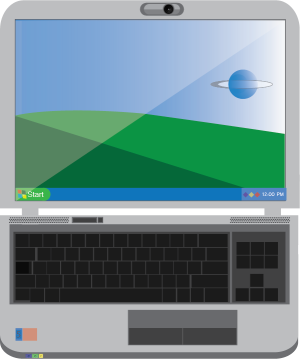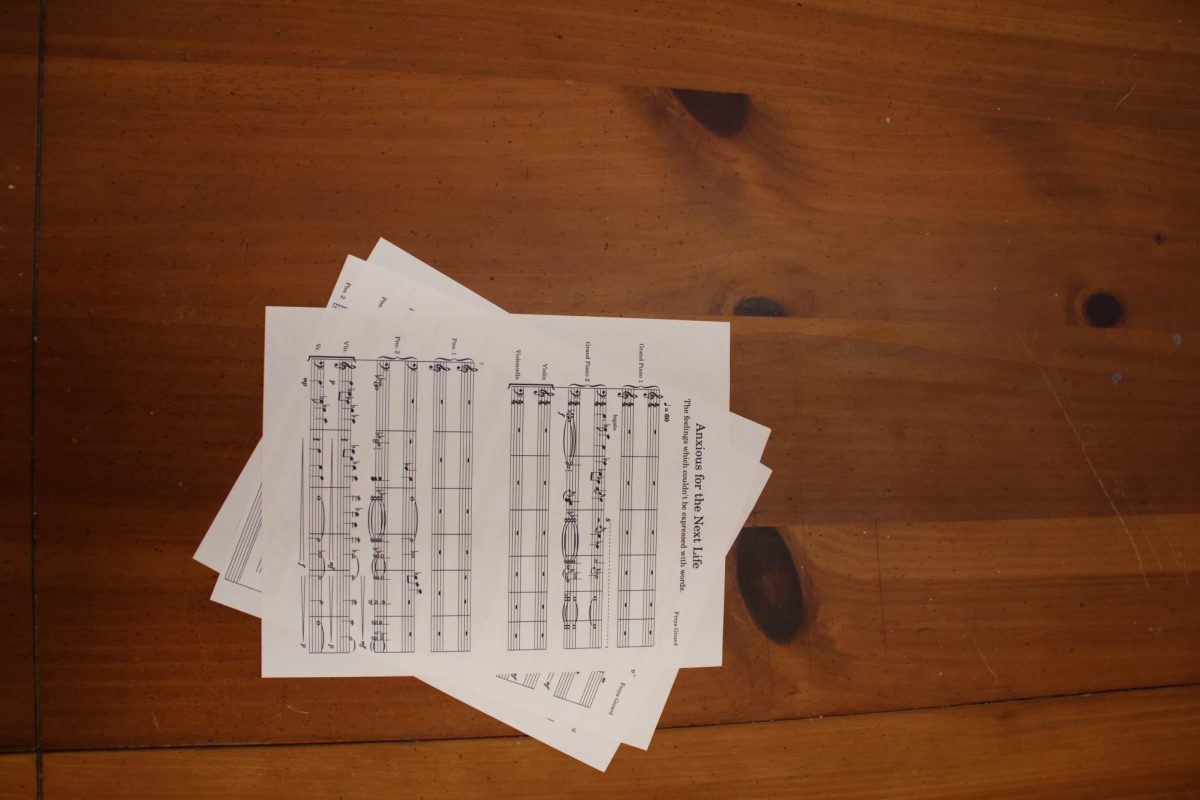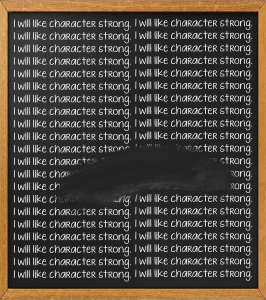BYOD sparks need for personal devices
With capability to learn online, district should provide all students with iPads
November 14, 2014

Heavy backpacks and outdated textbooks are everyday problems for a high school student, but with the technology we already use daily, they don’t have to be. It’s time we close the technological gap between school and the real world.
Providing each high school student with an iPad or other portable device to replace textbooks would create equal access to online learning, save students from carrying heavy textbooks, and be better for the environment and the district’s budget.
Bring Your Own Device is a great way for schools to integrate online learning into the classroom without extra money. This system is, however, flawed.
While most students have iPhones and other devices to bring into class to use for BYOD, many do not. This would call for students to get bullied, increasing the divide between wealthier and poorer families. In addition, those without devices will not have the same opportunities as those who do.
Heavy textbooks have always been a problem, especially for high school students. It is recommended that your backpack not exceed 15 percent of your body weight, but with three or four textbooks, this limit is easily broken. Replacing textbooks could easily take 15 pounds off students’ shoulders.
This solution would also be better for the environment, as textbooks add up to be pounds of paper and need to be replaced. Students would also have the ability to complete their work on these devices, so more paper could be saved.
The main reason schools are not switching over to internet-based learning is the cost of providing every student with a tablet or laptop. However, the money spent on desktop computers could be spent on personal devices instead, and digital textbooks would cost significantly less than the paper copies. Schools can save $600 per student yearly by using technology instead of textbooks, according to a 2012 report from the Federal Communications Commission.

Textbooks on tablets would not have to be replaced and could be constantly updated with new information. The devices could be used through current wifi networks.
Other districts in the area, including Shawnee Mission, have already moved to this type of learning. Teachers have responded positively to the change, and say that it can increase one-on-one teaching with students.
The biggest problem besides cost, would be students not having wifi at home to connect their devices to. This problem has a simple solution: information can be synced or cached to the device, so that everything could be accessed without a connection.
Expecting students to carry around heavy textbooks from class to class and home is outdated and needs to change. One-third of students surveyed in Project Tomorrow’s Speak Up survey are already using these devices, so the concept is not new or unheard of.
Replacing textbooks with technology would not be an immediate solution, but with time, it could provide equal opportunity access to online learning, save students from having to carry around heavy textbooks, be better for the environment, and save the school money.













